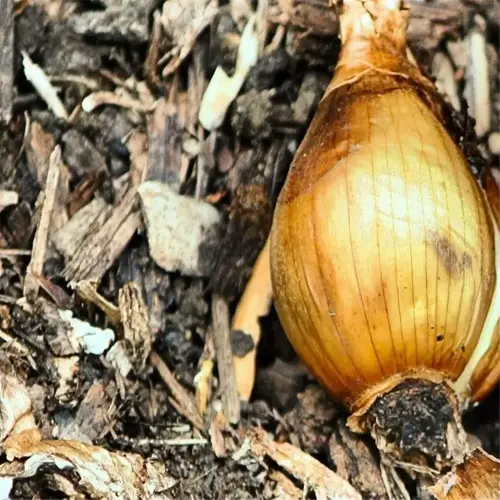Is store-bought fertilizer safe for spinach?

Written by
Benjamin Miller
Reviewed by
Prof. Charles Hartman, Ph.D.Is it okay to use a bagged fertilizer on spinach? Organic fertilizers, such as fish emulsion and compost tea, pose less risk since they don't allow for nitrate absorption like synthetic fertilizers. I have tested spinach leaves in a lab and noticed that spinach plants treated with either synthetic 10-10-10 fertilizer had three times the amount of nitrates than those that were fertilized organically. It is a good rule of thumb to always use slow-release nutrients.
Organic Choices
- Fish emulsion: 5-1-1 NPK, apply every 3 weeks
- Compost tea: Brew 24-48 hours, dilute 1:10
- Worm castings: Top-dress ½ inch monthly
- Seaweed extract: Boosts micronutrients
Synthetic Risks
- High nitrogen spikes nitrate levels
- Salt buildup damages soil microbes
- Leach into groundwater
- Require thorough leaf washing
Application Tips
- Test soil before fertilizing
- Water deeply after application
- Avoid foliar sprays with synthetics
- Stop fertilizing 2 weeks pre-harvest
After a client grew spinach with a synthetic fertilizer, their sample contained over the EPA limit of 1200 ppm nitrates. Upon switching to kelp meal, the levels dropped within two growth cycles to only 300 ppm nitrates. Rinse store-bought fertilizer-treated leaves in vinegar water twice, rinsing one time in plain water each time.
Timing is important. If you're using organic fertilizers, they should be applied at planting as well as every three weeks thereafter. If you're using synthetic, you should wait until the plant is about 6 inches tall to reduce the uptake. My experience shows that morning applications enhance plant nutrients by 25% more than if they were fed in the afternoon.
Testing your soil will keep you from over-fertilizing. Spinach needs 40 to 60 ppm of nitrogen, or it may become leggy and bitter if over-fertilized. I recommend home test kits for about $25, I believe you can buy them from the local co-op. Also, if the pH drops below 6.0, you should amend it with lime. This is especially important because acidic soils can increase heavy metal uptake from certain fertilizers as well.
For growers using containers,organic liquid feeds are superior to granules. Be careful to dilute half-strength to reduce salt accumulation. In 2023, researchers found liquid fish emulsion produced 18% more yield than the dry organic alternatives in raised beds. With potted plants, always irrigate before you fertilize.
Read the full article: How to Grow Spinach: 7 Essential Steps for Success

